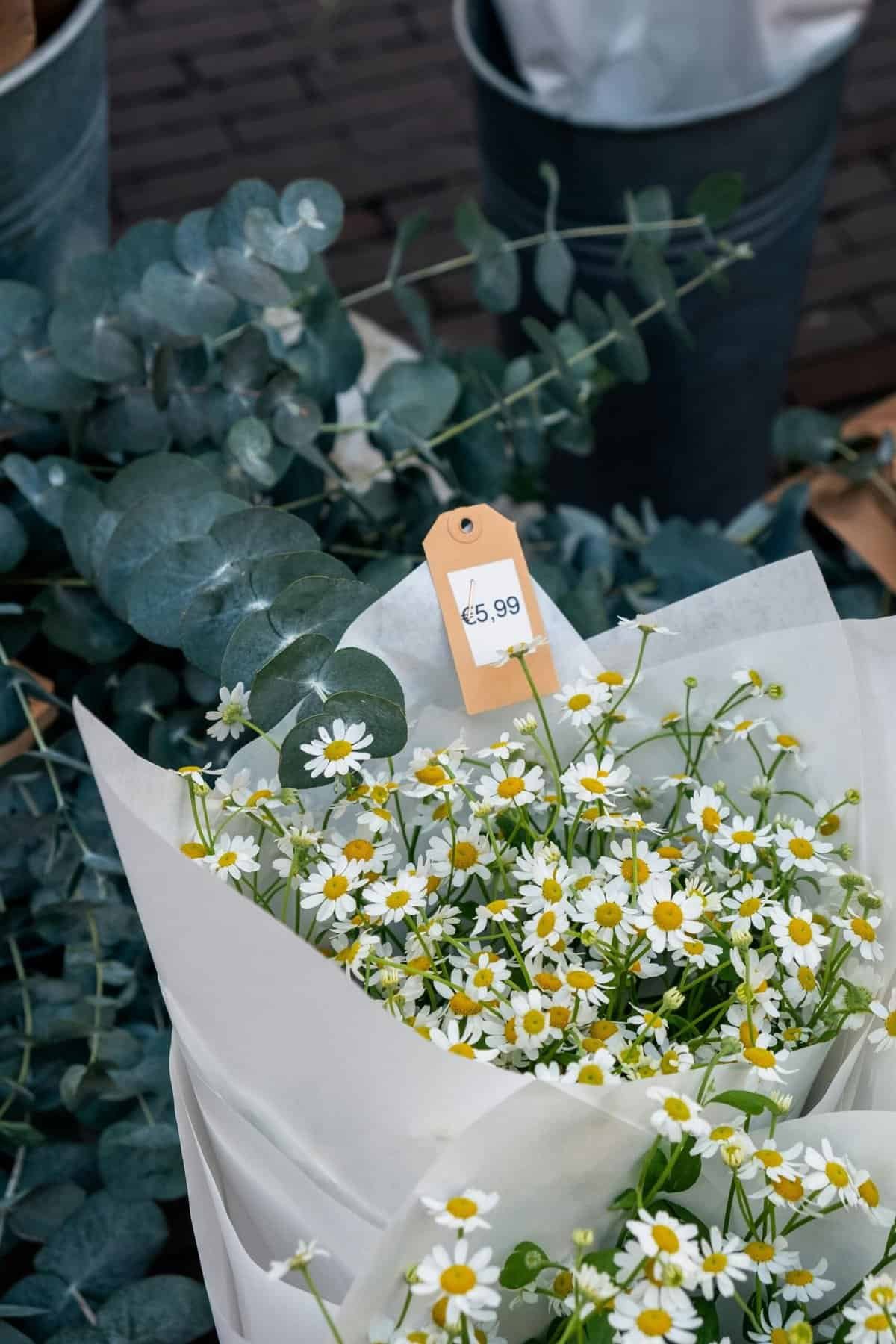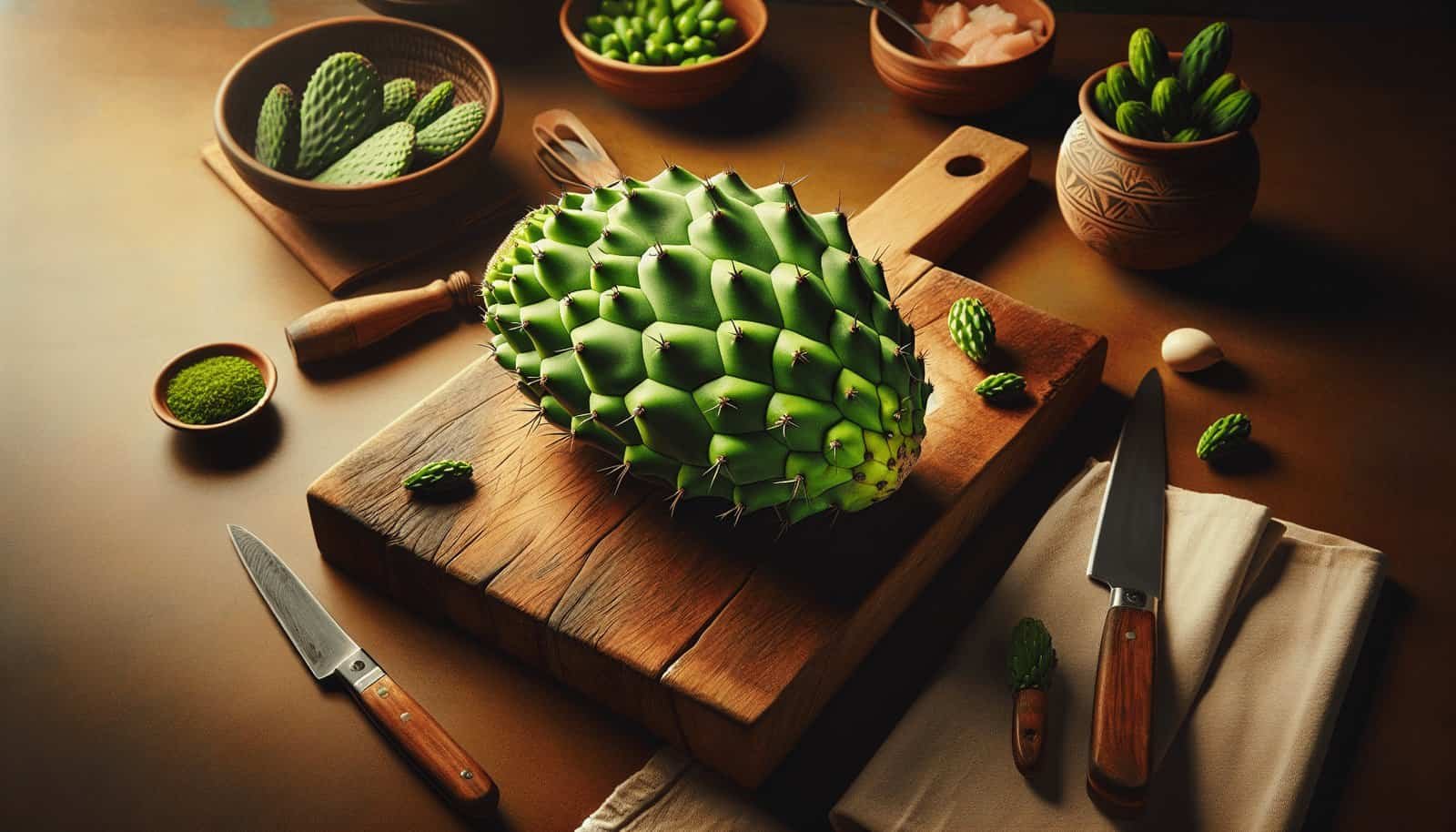Have you ever wondered how to incorporate nopal into your soups to add an exotic twist and a nutritional punch? If you’re curious about transforming this unique cactus into a delicious and healthful ingredient for your culinary creations, you’ve come to the right place. Preparing nopal, or prickly pear cactus, for soups is simpler than you might think, and the result is a delightful addition that enriches your meals with texture and flavor.

What is Nopal?
Let’s start by understanding what nopal really is. Nopal is part of the prickly pear cactus plant, known for its thick, fleshy pads. These are commonly used in Mexican cuisine due to their nutritional benefits, unique texture, and tangy flavor. You might have seen these green pads at your local grocery store or farmers’ market and wondered how to cook them properly.
Nutritional Benefits of Nopal
Before we delve into the preparation, it’s worth noting the health benefits that nopal offers. Nopales are not just rich in fiber; they’re also a great source of vitamins A, C, K, and minerals like calcium, potassium, and magnesium. They’re low in calories, making them perfect for weight management while offering potential benefits for blood sugar control and digestive health.
Choosing the Right Nopal
Selecting the perfect nopal pads is the first step toward preparing them for your soup. Not all nopal is created equal, and picking the right pads can make all the difference in your dish.
Ideal Nopal Pads
When selecting nopal pads, look for those that are bright green and firm. Smaller pads are often more tender and less fibrous, making them a superior choice for soups and other culinary uses. Avoid nopal that appears dry or wilted, as these pads are likely past their prime.
Avoiding Spines
An important consideration when handling nopal is the presence of tiny anti-intruder spines. Ensure you choose pads that either have minimal spines or be prepared to remove these carefully during preparation to avoid any unpleasant surprises in your meal.
How to Clean Nopal
The thought of preparing nopal for soup might be daunting, especially if you’ve never handled cactus pads before. But don’t worry! The process is quite straightforward. With a little practice, it becomes second nature.
Tools You’ll Need
First, gather your tools. You’ll need a sharp knife, a vegetable peeler, and a pair of gloves. The gloves are to ensure that you won’t get pricked by any remaining spines on the pads.
Removing the Spines and Skin
Carefully hold the nopal pad with your gloved hand. Use your knife to trim off the edges of the pad where most spines reside. Gently scrape or peel off the remaining spines from the surface. Once you’ve removed the spines, use the vegetable peeler to remove the thin outer skin, particularly around the edges, until the surface feels smooth to the touch.
Rinsing Thoroughly
Once you’ve cleaned the nopal, rinse it under cool running water. This helps to remove any residual tiny spines or skin particles which you may have missed. Pat the pads dry with a clean paper towel before moving on to the next step.
Preparing Nopal for Soup
Now that you’ve cleaned and prepped your nopal pads, you’re ready to cut them into soup-ready pieces and take them to the next stage of preparation.
Slicing the Nopal
Place the nopal pad on a cutting board and dice it into bite-sized pieces. Typically, you’ll want to cut the pads into strips or cubes, but the size and shape can vary based on your personal preference and the type of soup you’re preparing.
Pre-Cooking Nopal
Nopal contains a substance that can become slimy, especially during cooking. To avoid this, it’s often recommended to boil the diced nopal before adding it to your soup. Here’s a simple method:
Boiling: Boil a pot of water with a pinch of salt. Add the diced nopal and boil for about 10-15 minutes until they’re tender yet firm.
Rinsing: Once boiled, drain the nopal and rinse it under cold water. This step helps to reduce the sliminess further.
Additional Flavoring Options
If you want to infuse your nopal with more flavor, consider boiling it with a couple of garlic cloves or a slice of onion. These aromatic ingredients lend a subtle taste to the nopal, which will complement your soup nicely.

Adding Nopal to Your Soup
When your nopal is prepped and pre-cooked, it’s ready to become a star player in your soup. Here’s how to incorporate it seamlessly.
Timing in the Cooking Process
Typically, you’ll add the nopal midway through the soup cooking process, allowing it enough time to absorb the flavors of the broth and other ingredients. This is usually about 15-20 minutes before the soup is finished.
Best Soups for Nopal
While nopal can be a versatile addition to various soups, some types naturally pair better due to their complementary flavors and textures. Here are some ideas:
Vegetable Soup: The crisp texture of nopal can enhance a vegetable medley soup.
Chicken Noodle Soup: Add a Mexican twist to your classic chicken noodle by including nopal.
Bean Soup: The earthy flavors of nopal pair beautifully with bean-based soups.
Here’s a simple table of soup ideas to get you started:
| Soup Type | Additional Ingredients | Suggested Seasoning |
|---|---|---|
| Vegetable Soup | Carrots, Zucchini | Cumin, Cilantro |
| Chicken Noodle Soup | Corn, Peas | Lemon, Cilantro |
| Bean Soup | Black Beans, Tomatoes | Oregano, Chili Flakes |
Culinary Tips for Using Nopal
Using nopal in soup offers a myriad of possibilities to enhance your dish, but it also introduces questions about flavor balance and texture. Let’s explore some tips to perfect your nopal-infused soups.
Balancing Flavors
Nopal’s tangy, slightly acidic flavor can be accentuated or balanced based on your dish. If you prefer a tangier taste, add a splash of lime. If you’re aiming to round out the tartness, a pinch of sugar or honey can seamlessly blend the flavors.
Keeping Texture in Mind
The texture of nopal is beyond chewy yet tender when optimally prepared. Be mindful not to overcook them, as they can become too soft, and you might lose the crunch that makes them delightful. Experiment with cooking times to get the texture just right for your taste.

Storing and Preserving Nopal
If you’ve prepared more nopal than you need for one soup, don’t worry! You can easily store and preserve it for future use.
Refrigeration
After cleaning and slicing, store unused fresh nopal in an airtight container or plastic bag in the refrigerator. It will last for about one week.
Freezing
For longer storage, you can freeze the boiled and drained nopal. Place them in airtight bags or containers before freezing, and they will keep for several months.
Dried Nopal
You can also opt to dry nopal slices, which you can later rehydrate for use in soups or other recipes. This form can be easier to store and often preserves more of the nutrients.
Conclusion: Embrace the Nopal Adventure
Integrating nopal into your soup creations offers not just a new flavor but also health benefits that can enhance your culinary repertoire. From its nutritional offerings to the vibrant punch of color and texture it adds, nopal can transform a simple soup into a gourmet adventure.
So, the next time you’re in the mood for soup, why not give nopal a try? With a bit of practice, you’ll find it’s a delightful addition that breathes new life into your favorite comfort foods. Embrace this friendly cactus and watch your kitchen turn into a hub of delicious innovation!


